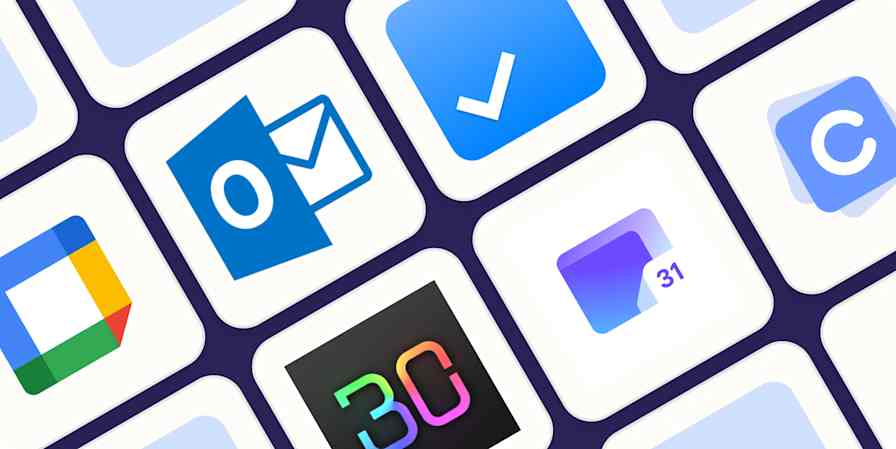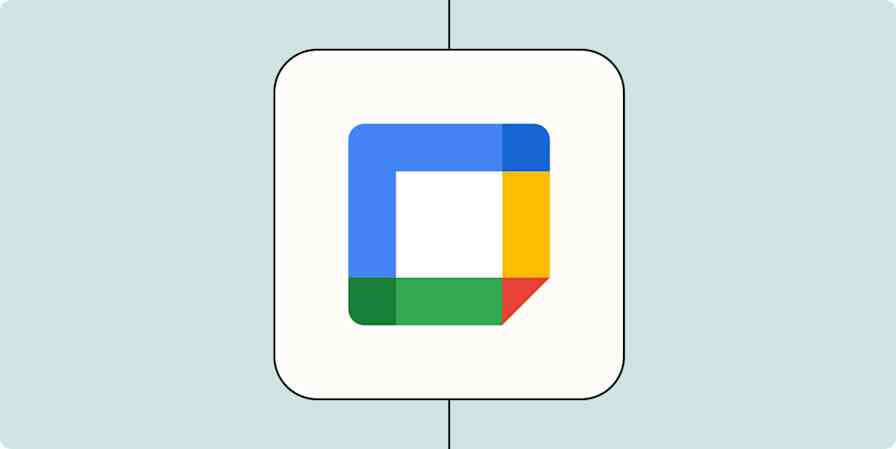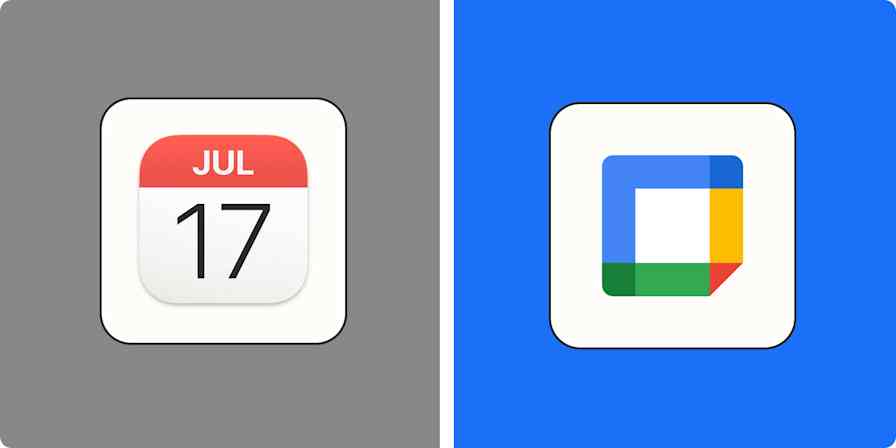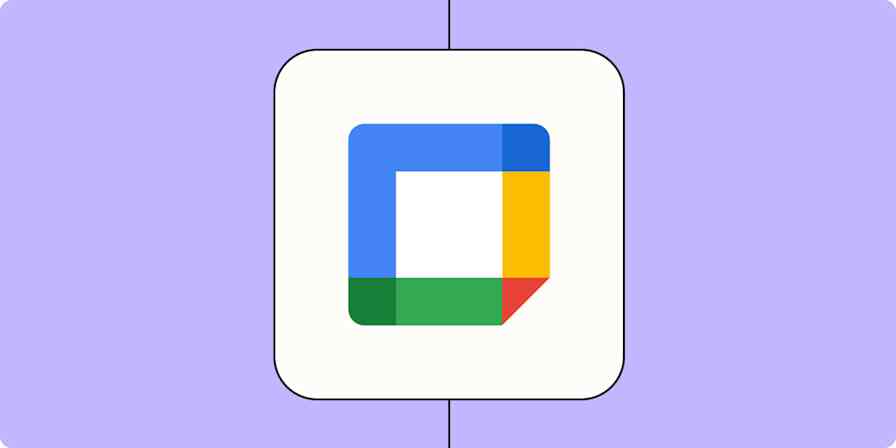App tutorials
8 min readHow to Use Google Calendar
A tutorial for getting started with Google Calendar
By Bruce Waynewright · February 26, 2019

Get productivity tips delivered straight to your inbox
We’ll email you 1-3 times per week—and never share your information.
tags
mentioned apps
Related articles
Improve your productivity automatically. Use Zapier to get your apps working together.








